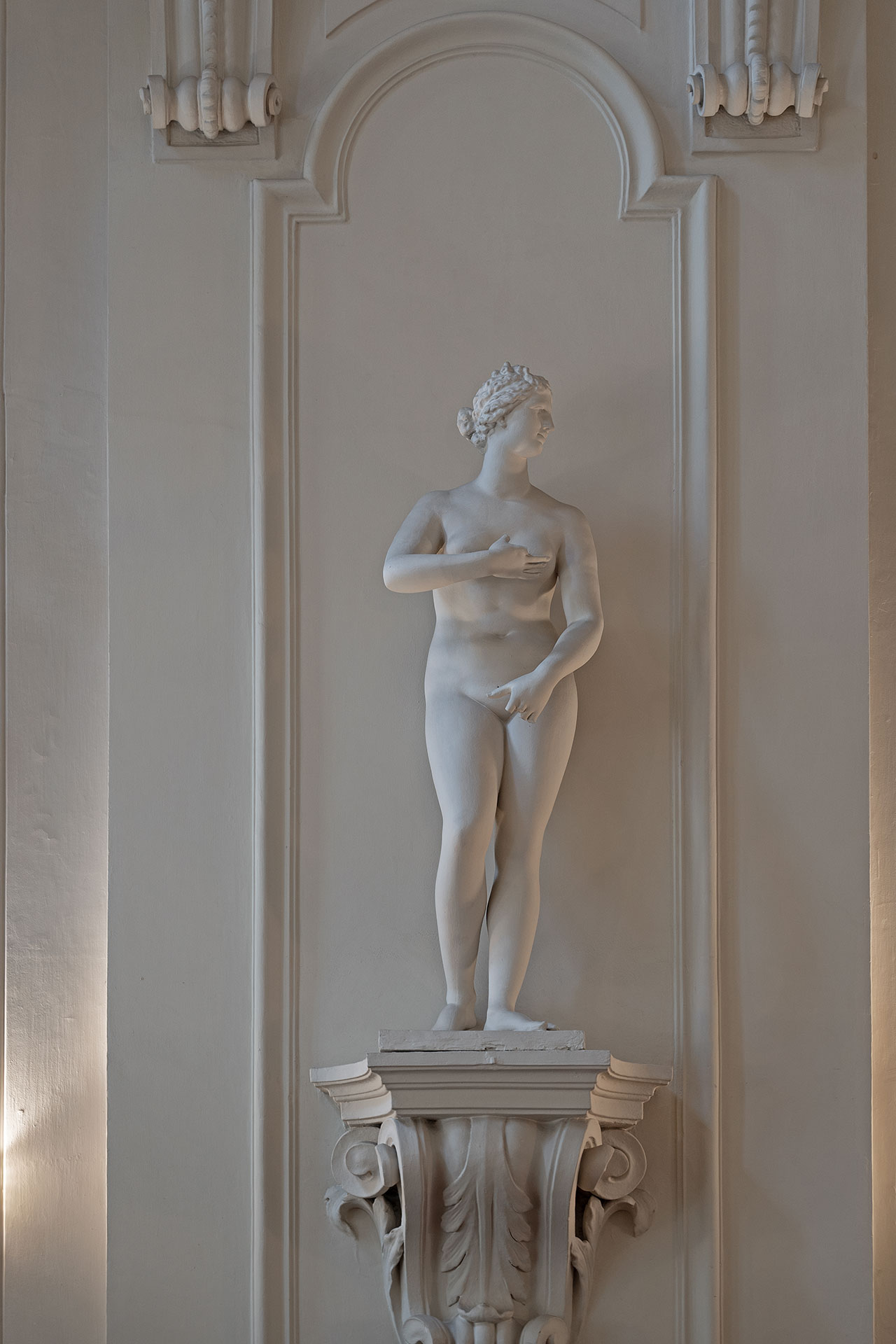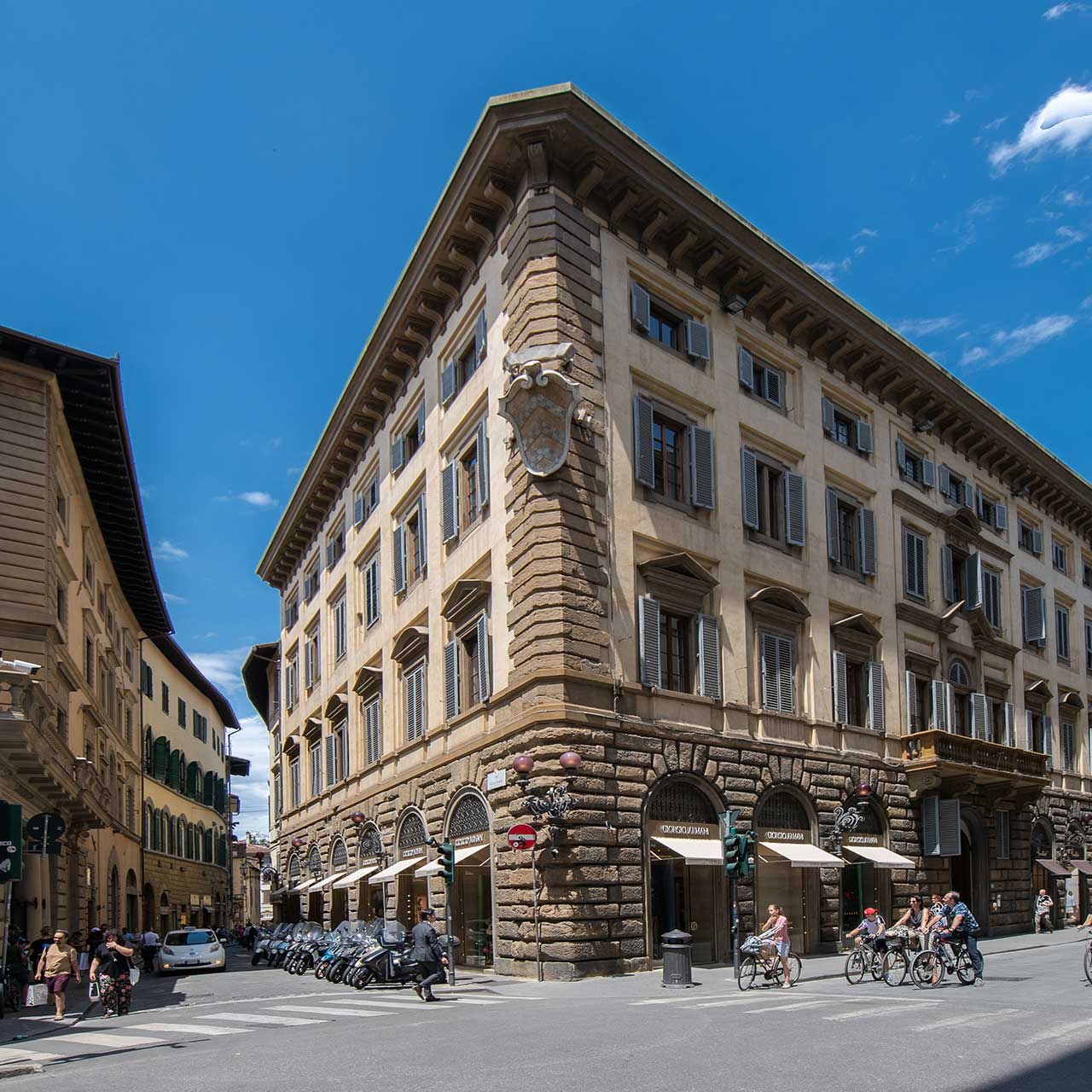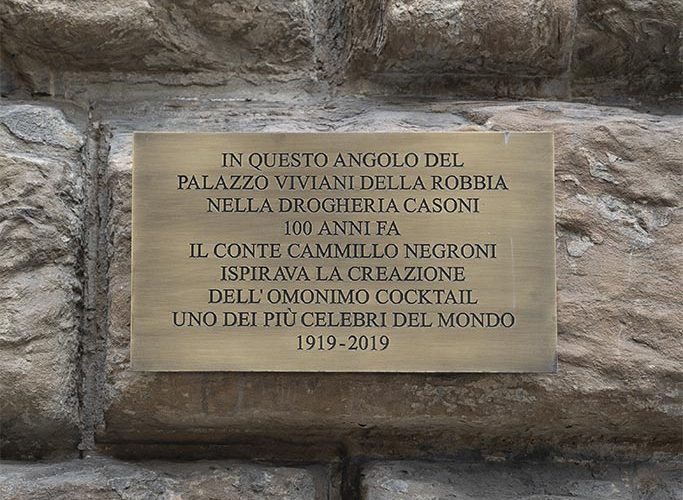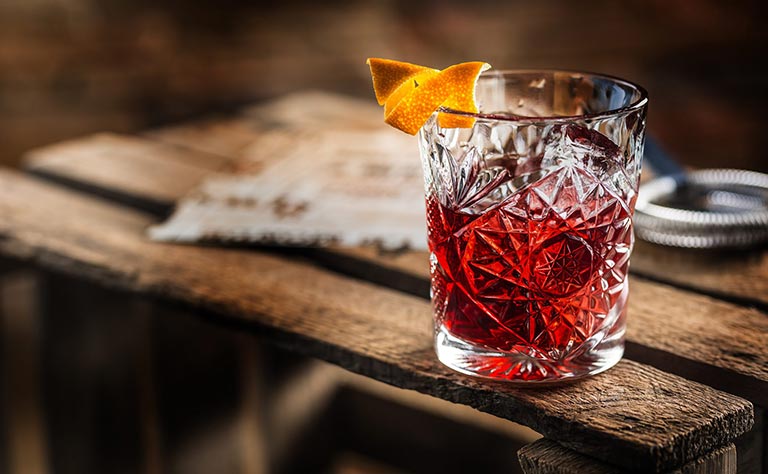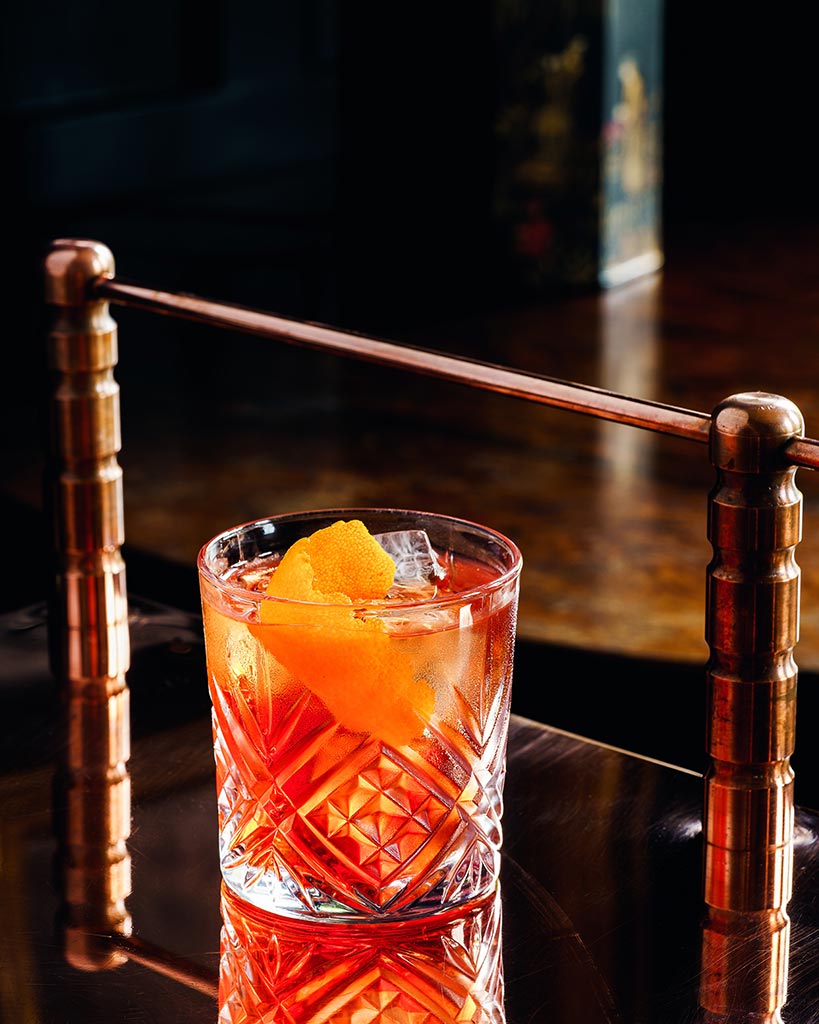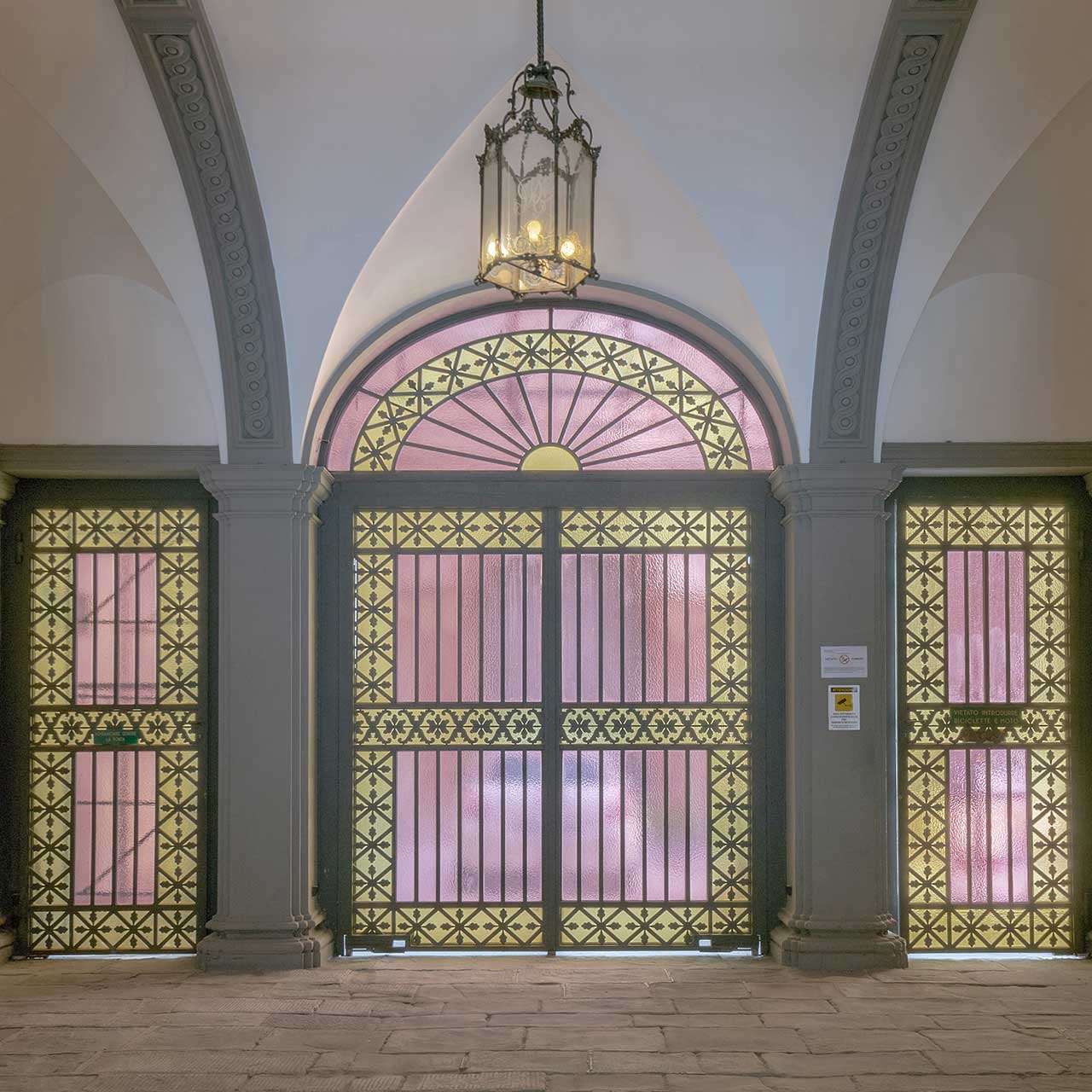The Viviani della Robbia Palace has a splendid Baroque-style façade, frescoes, stucco, and sculptures. While it is now home to the Tornabuoni Living Suites and luxury stores, a rich history lives in its walls.
The 1600s
Virginia Tornabuoni, the last Tornabuoni heiress, married Count Francesco Saracinelli di Orvieto. Upon her death, the Saracinelli family inherited the family’s estate properties. They later sold them to Senator Donato Luigi Viviani, an auditor, and magistrate of Cosimo III. In 1645, the Viviani family added the della Robbia surname to their own.
Senator Donato Luigi Viviani embarked on combining the family’s Via de’ Tornabuoni properties. In 1695, his family commissioned the project to architect Giovanni Battista Foggini. To this day, the Viviani family coat of arms is visible on the building’s façade.
The 1700s
In the 17th and 18th centuries, many historical figures called the palace home. Among them were Niccolò Gaetano Viviani, a friend of the Medici family, Luigi di Niccolò Viviani, a chamberlain of the King of Naples, and Carlo di Borbone, an ambassador to Florence and a minister of the King of Spain. Royal emblems still decorate the palace facade.
The 1800s
During Napoleonic occupation, the Poniatowski princes (sons of Stanislaw), seized the palace. It was then sold in 1880. Among the various following owners was the Contini-Bonacossi.
The 1900s to Today
In 1919, in the Casoni Apothecaries, Count Camillo Negroni was said to have concocted his eponymous cocktail–the Negroni. Since the mid-1990s, the palace has housed the boutique of the Florentine fashion house Roberto Cavalli.
x
t
o
r
n
a
b
u
o
n
i
l
i
v
i
n
g

